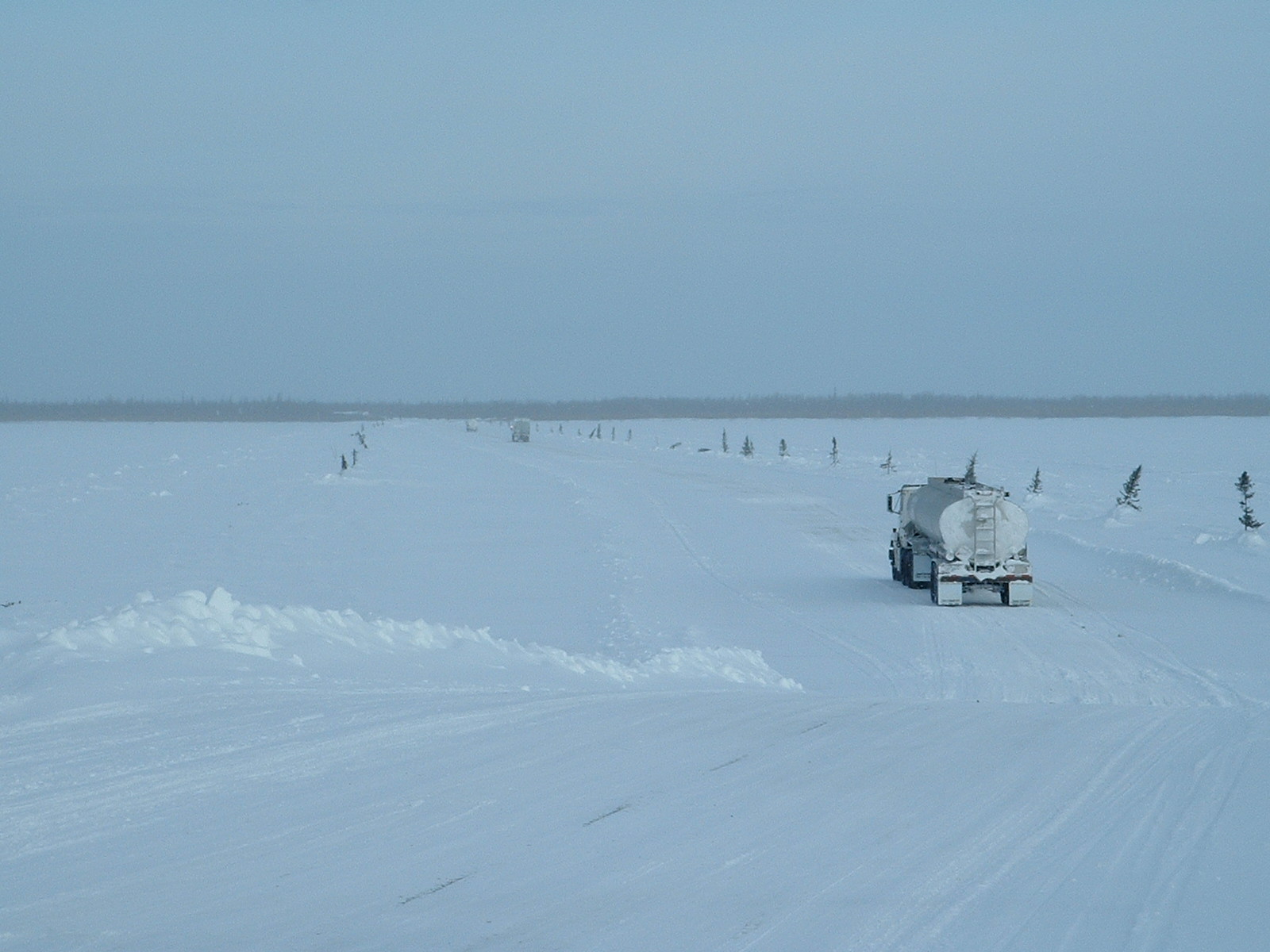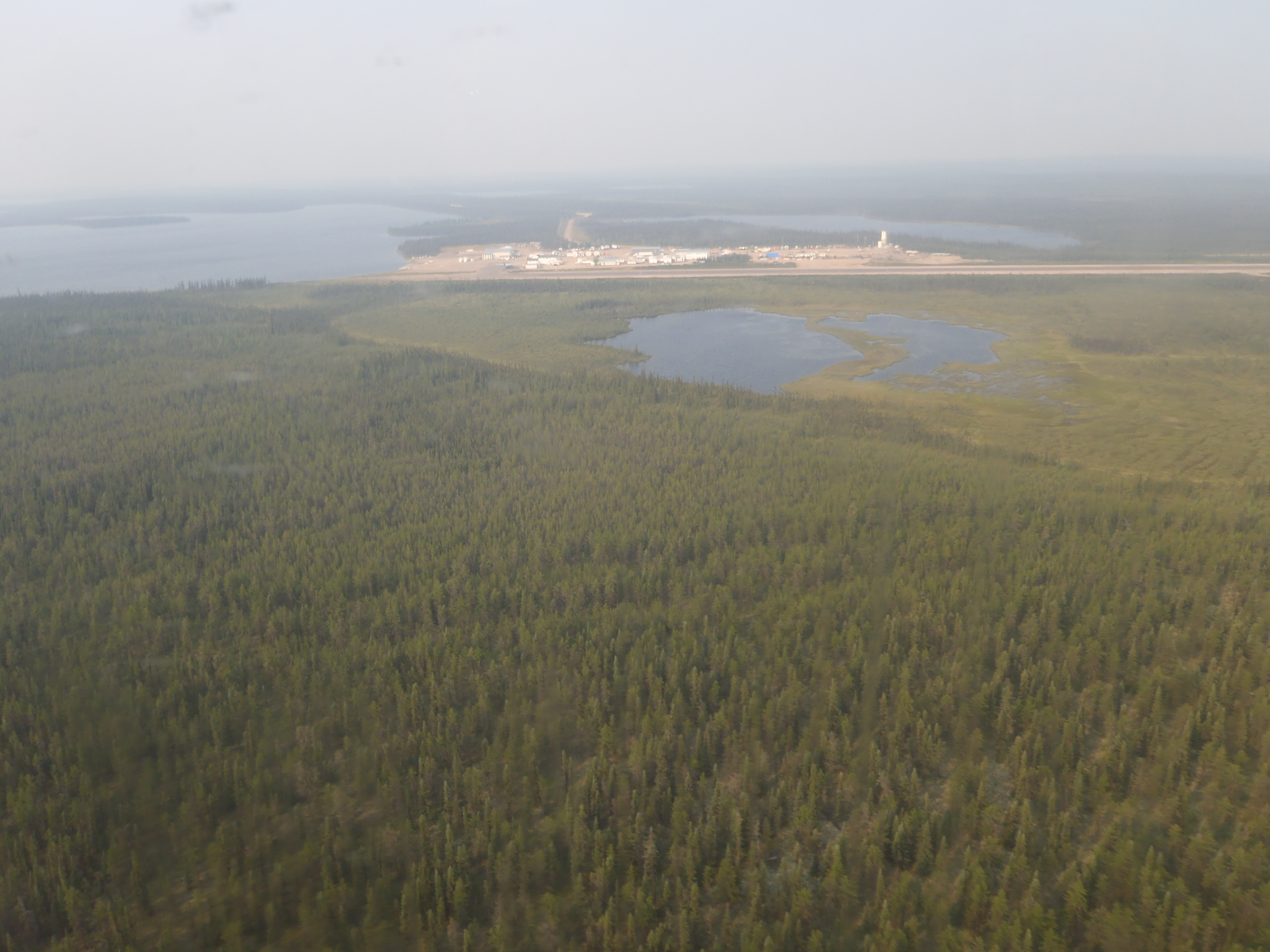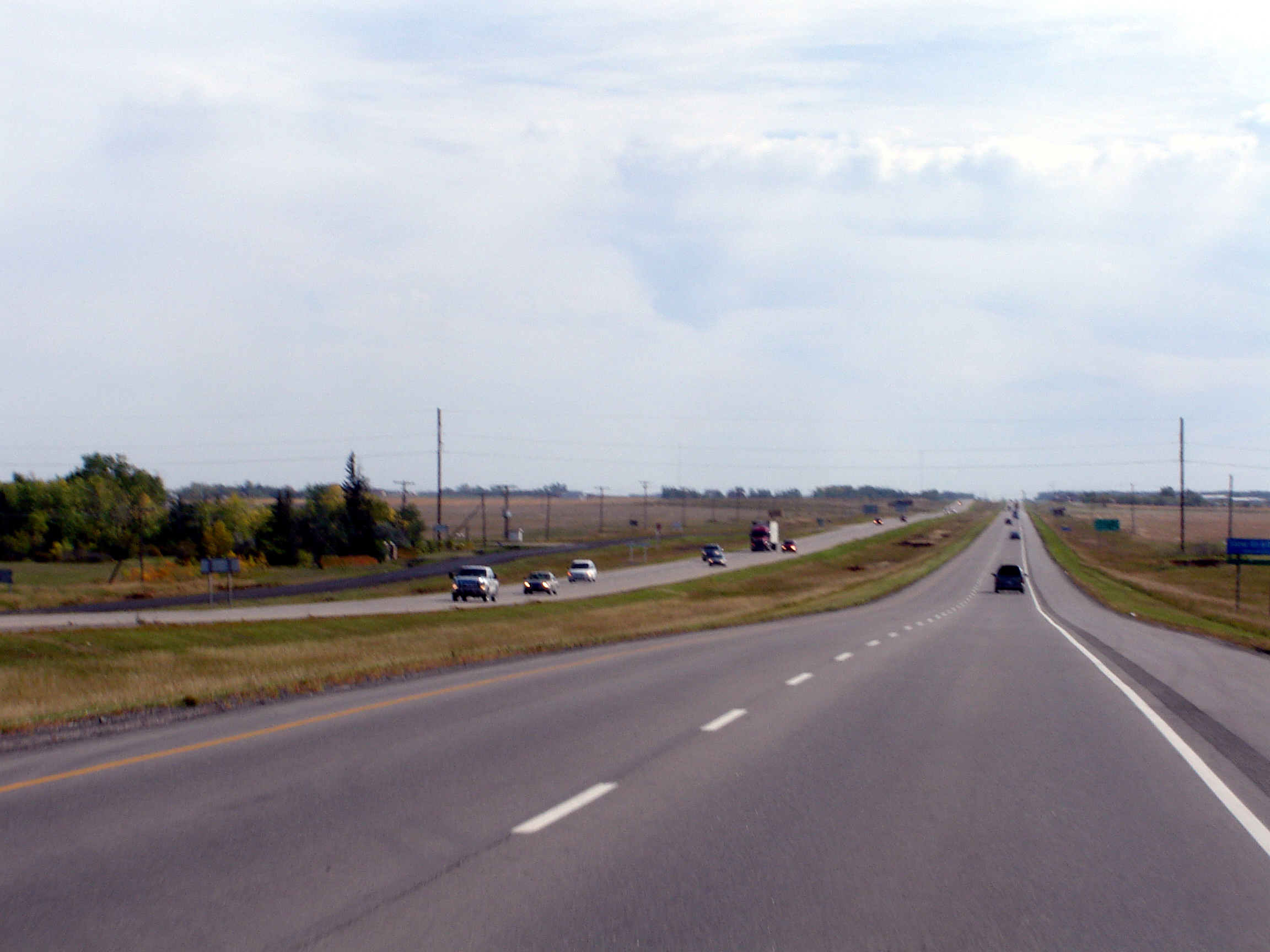|
Saskatchewan Highway 964
{{Saskatchewan-road-stub ...
Highway 964 was a provincial highway in the Canadian province of Saskatchewan. The highway ran from Black Lake to Stony Rapids. It was approximately long. In the late 1990s, a winter road was constructed from Black Lake to Points North Landing; it was designated as being part of Highway 905. Highway 964 was absorbed and redesignated as Highway 905. See also * Roads in Saskatchewan * Transportation in Saskatchewan References 964 Year 964 ( CMLXIV) was a leap year starting on Friday (link will display the full calendar) of the Julian calendar. Events Byzantine Empire * Arab–Byzantine War: Emperor Nikephoros II continues the reconquest of south-eastern Anatol ... [...More Info...] [...Related Items...] OR: [Wikipedia] [Google] [Baidu] |
Saskatchewan Highway 905
Highway 905 is a provincial highway in the far north region of the Canadian province of Saskatchewan. It runs from Highway 102 to Stony Rapids. The highway is approximately long and is entirely unpaved. A section between Points North Landing and Black Lake is a seasonal winter road. Route description Highway 905 begins at Highway 102, about southwest of Southend. The highway heads in a northerly direction passing by, and providing access to, Davin Lake Recreation Site, Courtenay Lake Recreation Site, Geikie River Recreation Site, Wollaston Lake Barge Ferry at Hidden Bay on Wollaston Lake, and Wollaston Lake Recreation Site before coming to an intersection with a road that goes to Rabbit Lake mine and Collins Bay on Wollaston Lake. This intersection is about from Highway 102. After this intersection, Highway 905 takes a northwesterly route, passing through Points North Landing about from the intersection, and continues to the former High ... [...More Info...] [...Related Items...] OR: [Wikipedia] [Google] [Baidu] |
Black Lake, Saskatchewan
Black Lake ( chp, Tazen Tuwé) is a Denesuline First Nations band government in the boreal forest of northern Saskatchewan, Canada. It is located on the northwest shore of Black Lake where the Fond du Lac River leaves the lake to flow to Lake Athabasca. It is the main administrative headquarters of the Black Lake Denesuline Nation reserve with a land base of over . Formerly, the Black Lake band used the name " Stony Rapids", which is now the name of a separate community northwest and downstream on the Fond du Lac River, not on reserve land. Black Lake Dene Nation Black Lake Dene Nation is a band government with territory at three locations: Chicken 224, Chicken 225 and Chicken 226. *Chicken 224 is . It includes the village of Black Lake (population 1.070 in 2011) and extends from Black Lake up to the border of the village of Stony Rapids and includes territory on both sides of the Fond du Lac River. *Chicken 225 is (population 0 in 2011) on the north side of Stony Lake ... [...More Info...] [...Related Items...] OR: [Wikipedia] [Google] [Baidu] |
Stony Rapids
Stony Rapids ( chp, Deschaghe, translation=settlement on the other side of the Rapids) is a northern hamlet in Northern Saskatchewan, Canada. It is located south of the border to the Northwest Territories, the community is astride the Fond du Lac River. This river connects the community to Fond-du-Lac, Uranium City and Camsell Portage. Demographics In the 2021 Census of Population conducted by Statistics Canada, Stony Rapids had a population of living in of its total private dwellings, a change of from its 2016 population of . With a land area of , it had a population density of in 2021. Transportation Saskatchewan Highway 905 runs from Highway 102 to Stony Rapids. The highway is approximately long and is entirely unpaved. A section between Points North Landing and Black Lake is a seasonal winter road. A winter ice road connects Fond-du-Lac and Uranium City. There is an all-season road to the community of Black Lake, southeast. Like most northern communities, S ... [...More Info...] [...Related Items...] OR: [Wikipedia] [Google] [Baidu] |
Numbered Highways In Canada
Numbered highways in Canada are split by province, and a majority are maintained by their province or territory transportation department. All highways in Canada are numbered except for three in the Northwest Territories, one in Alberta, one in Ontario, and one in Quebec. Ontario's 7000 series are not marked with their highway number but have been assigned one by the Ministry of Transportation. A number of highways in all provinces are better known locally by their name rather than their number. Some highways have additional letters added to their number: A is typically an alternate route, B is typically a business route, and other letters are used for bypass (truck) routes, connector routes, scenic routes, and spur routes. The territory of Nunavut has no highways. Classifications This is a breakdown of the classifications of highways in each province, and an example shield of each classification where available. Trans-Canada The Trans-Canada Highway crosses all provinces ... [...More Info...] [...Related Items...] OR: [Wikipedia] [Google] [Baidu] |
Provinces And Territories Of Canada
Within the geographical areas of Canada, the ten provinces and three territories are sub-national administrative divisions under the jurisdiction of the Canadian Constitution. In the 1867 Canadian Confederation, three provinces of British North America—New Brunswick, Nova Scotia, and the Province of Canada (which upon Confederation was divided into Ontario and Quebec)—united to form a federation, becoming a fully independent country over the next century. Over its history, Canada's international borders have changed several times as it has added territories and provinces, making it the world's second-largest country by area. The major difference between a Canadian province and a territory is that provinces receive their power and authority from the '' Constitution Act, 1867'' (formerly called the '' British North America Act, 1867''), whereas territorial governments are creatures of statute with powers delegated to them by the Parliament of Canada. The powers flowing ... [...More Info...] [...Related Items...] OR: [Wikipedia] [Google] [Baidu] |
Saskatchewan
Saskatchewan ( ; ) is a province in western Canada, bordered on the west by Alberta, on the north by the Northwest Territories, on the east by Manitoba, to the northeast by Nunavut, and on the south by the U.S. states of Montana and North Dakota. Saskatchewan and Alberta are the only landlocked provinces of Canada. In 2022, Saskatchewan's population was estimated at 1,205,119. Nearly 10% of Saskatchewan’s total area of is fresh water, mostly rivers, reservoirs and lakes. Residents primarily live in the southern prairie half of the province, while the northern half is mostly forested and sparsely populated. Roughly half live in the province's largest city Saskatoon or the provincial capital Regina. Other notable cities include Prince Albert, Moose Jaw, Yorkton, Swift Current, North Battleford, Melfort, and the border city Lloydminster. English is the primary language of the province, with 82.4% of Saskatchewanians speaking English as their first language. Saska ... [...More Info...] [...Related Items...] OR: [Wikipedia] [Google] [Baidu] |
Winter Road
A winter road is a seasonal road only usable during the winter, i.e. it has to be re-built every year. This road typically runs over land and over frozen lakes, rivers, swamps, and sea ice.Proskin et al, 2011. Guidelines for the Construction and Operation of Winter Roads, Transportation Association of Canada.- IHSA, 2014. Best practices for building and working safely on ice covers in Ontario, Mississauga, Ontario, 43 p.- NorthWest Territories Transportation, 2015. Guidelines for safe ice construction, Yellowknife, NWT, Canada, 44 p.Spencer, P.A., Strandberg, A.G. and Maddock, W.A., 2008. Ice and toundra road design for module transport, Proceedings of the 8th International Conference on Ships and Marine Structures in Cold Regions (ICETECH), Banff. Segments of a winter road that cross an expanse of floating ice are also referred to as an ice road or an ice bridge. The foundations underlying over-land segments is most often native soil or muskeg frozen to a given depth, and lo ... [...More Info...] [...Related Items...] OR: [Wikipedia] [Google] [Baidu] |
Points North Landing
Points North Landing is a camp settlement in northeastern Saskatchewan, Canada. It is 355 kilometres north-east of La Ronge, on Highway 905 and has an airport and a water aerodrome, with almost daily flights provided by West Wind Aviation and Transwest Air. Gasoline, diesel, mechanics, a lumber yard, and accommodations are available. University of Waterloo The University of Waterloo (UWaterloo, UW, or Waterloo) is a public research university with a main campus in Waterloo, Ontario, Canada. The main campus is on of land adjacent to "Uptown" Waterloo and Waterloo Park. The university also operates ... student Kenton Carnegie was killed by timber wolves within this region on November 8, 2005. It is used as a staging area and logistics area for a variety of activities in northern Saskatchewan. All-weather roads connect the location to the south and temporary winter roads are constructed from Points North Landing to various communities in the North. Several uranium mines are ... [...More Info...] [...Related Items...] OR: [Wikipedia] [Google] [Baidu] |
Roads In Saskatchewan
Saskatchewan, the middle of Canada's three prairie provinces, has an area of and population of 1,150,632 (according to 2016 estimates), mostly living in the southern half of the province. Currently Ministry of Highways and Infrastructure operates over 26,000 km of highways and divided highways, over 800 bridges, 12 separate ferries, one barge. There are also municipal roads which comprise different surfaces. Asphalt concrete pavements comprise almost 9,000 km, granular pavement almost 5,000 km, non structural or thin membrane surface TMS are close to 7,000 km and finally gravel highways make up over 5,600 km through the province. TMS roads are maintained by the provincial government department: Saskatchewan Highways and Transportation. In the northern sector, ice roads which can only be navigated in the winter months comprise another approximately 150 km of travel. Dirt roads also still exist in rural areas and would be maintained by the local res ... [...More Info...] [...Related Items...] OR: [Wikipedia] [Google] [Baidu] |
Transportation In Saskatchewan
Transport in Saskatchewan includes an infrastructure system of roads, highways, freeways, airports, ferries, pipelines, trails, waterways, and railway systems serving a population of approximately 1,098,352 (according to 2016 census) inhabitants year-round. It is funded primarily with local, rural municipality, and federal government funds. History Early European settlers and explorers in Canada introduced the wheel to North America's Aboriginal peoples, who relied on canoes, york boat, bateaux, and kayaks, in addition to the snowshoe, toboggan, and sled in winter. Europeans adopted these technologies as Europeans pushed deeper into the continent's interior, and were thus able to travel via the waterways that fed from the St. Lawrence River Great Lakes route and Hudson Bay Churchill River route and then across land to Saskatchewan. In the 19th century and early 20th century transportation relied on harnessing oxen to Red River carts or horse to wagon. Maritime transporta ... [...More Info...] [...Related Items...] OR: [Wikipedia] [Google] [Baidu] |




